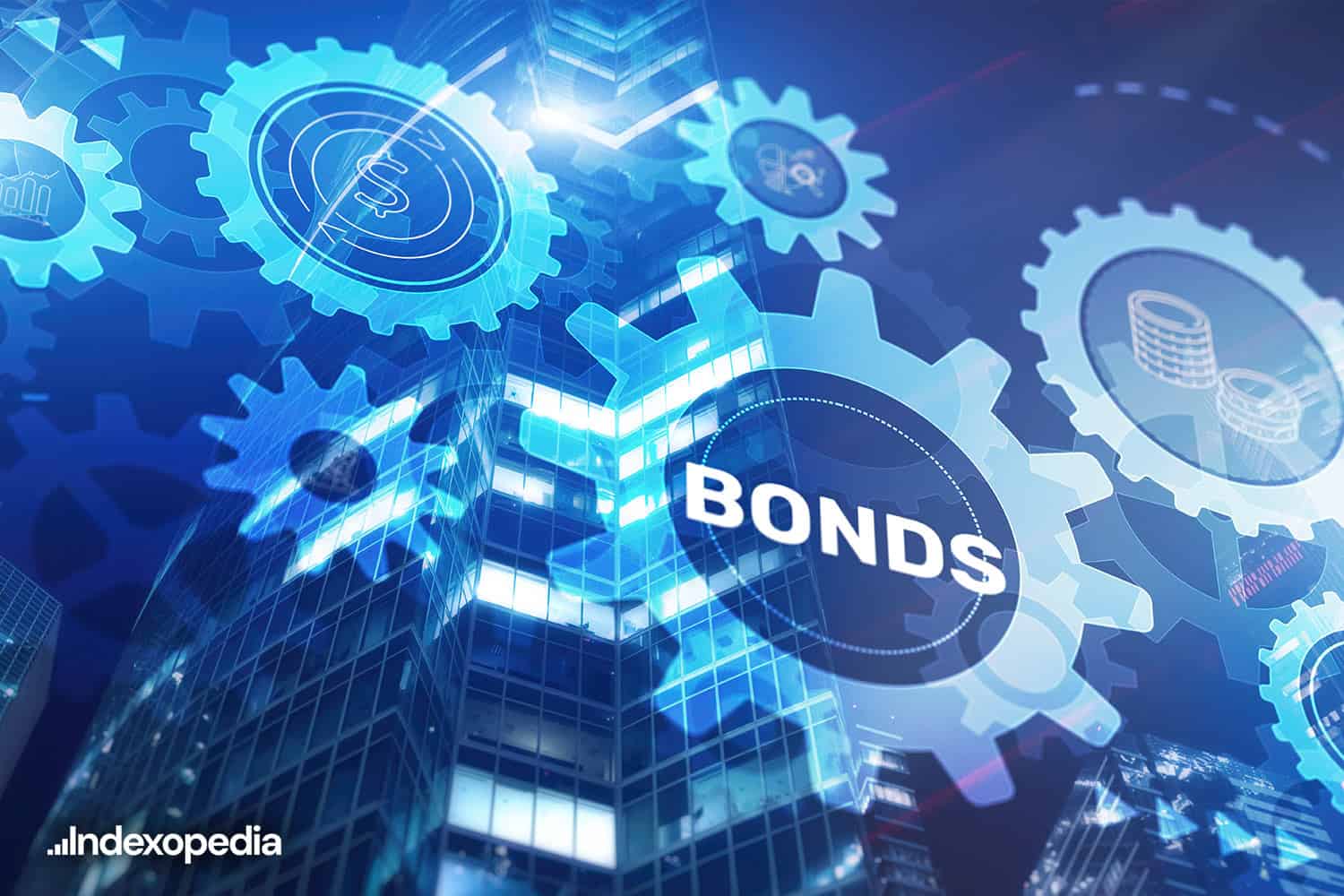

Bonds are a popular investment option for both individuals and institutions because they provide a source of income. A key feature of bonds is the interest payments that bondholders receive periodically over the life of the bond. These interest payments are a critical component of the bond investing process, as they help investors earn a return on their investment. Interest payments on bonds are typically made in two primary ways: through coupon payments and through amortization. Understanding these methods, as well as the impact of market interest rates on bond investments, is essential for any bond investor. 1. Coupon Payments Coupon payments are fixed interest payments made to bondholders at regular intervals, usually semi-annually or annually. These payments are based on the bond’s face value (also known as the par value) and its coupon rate, which is the percentage of the face value that the bond issuer agrees to pay in interest each year. For example, suppose you purchase a $1,000 bond with a coupon rate of 5%. This means that the issuer of the bond will pay you $50 in interest annually ($1,000 x